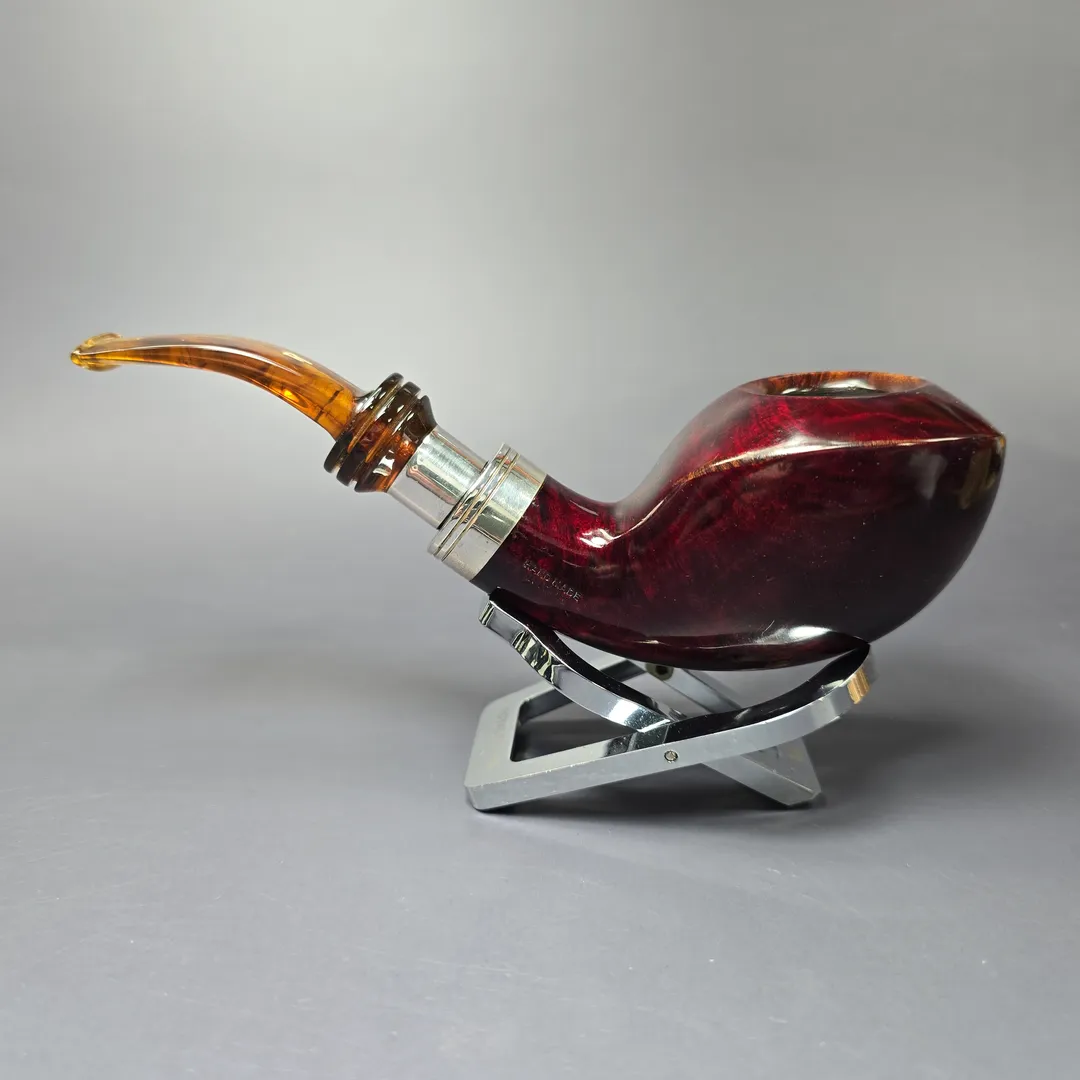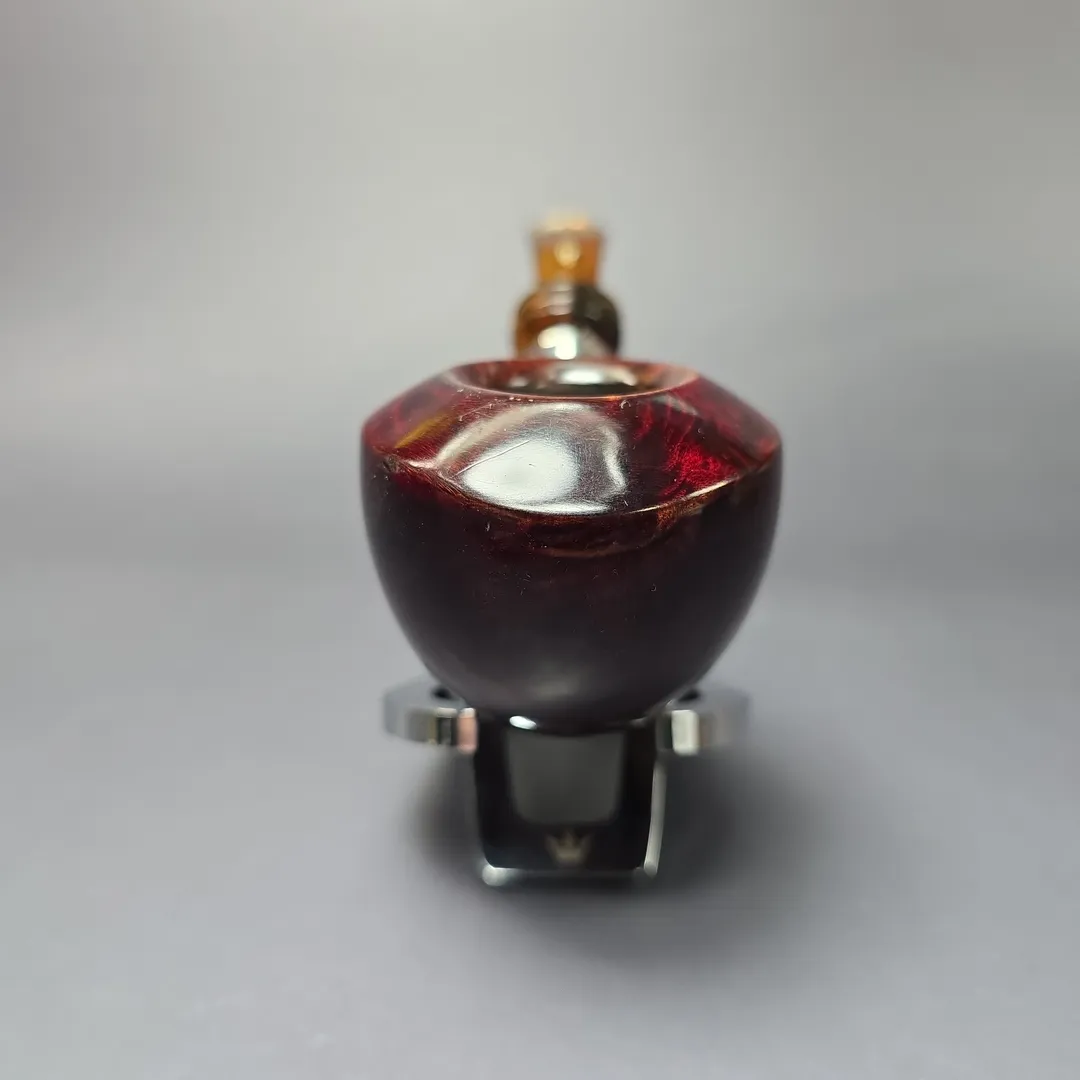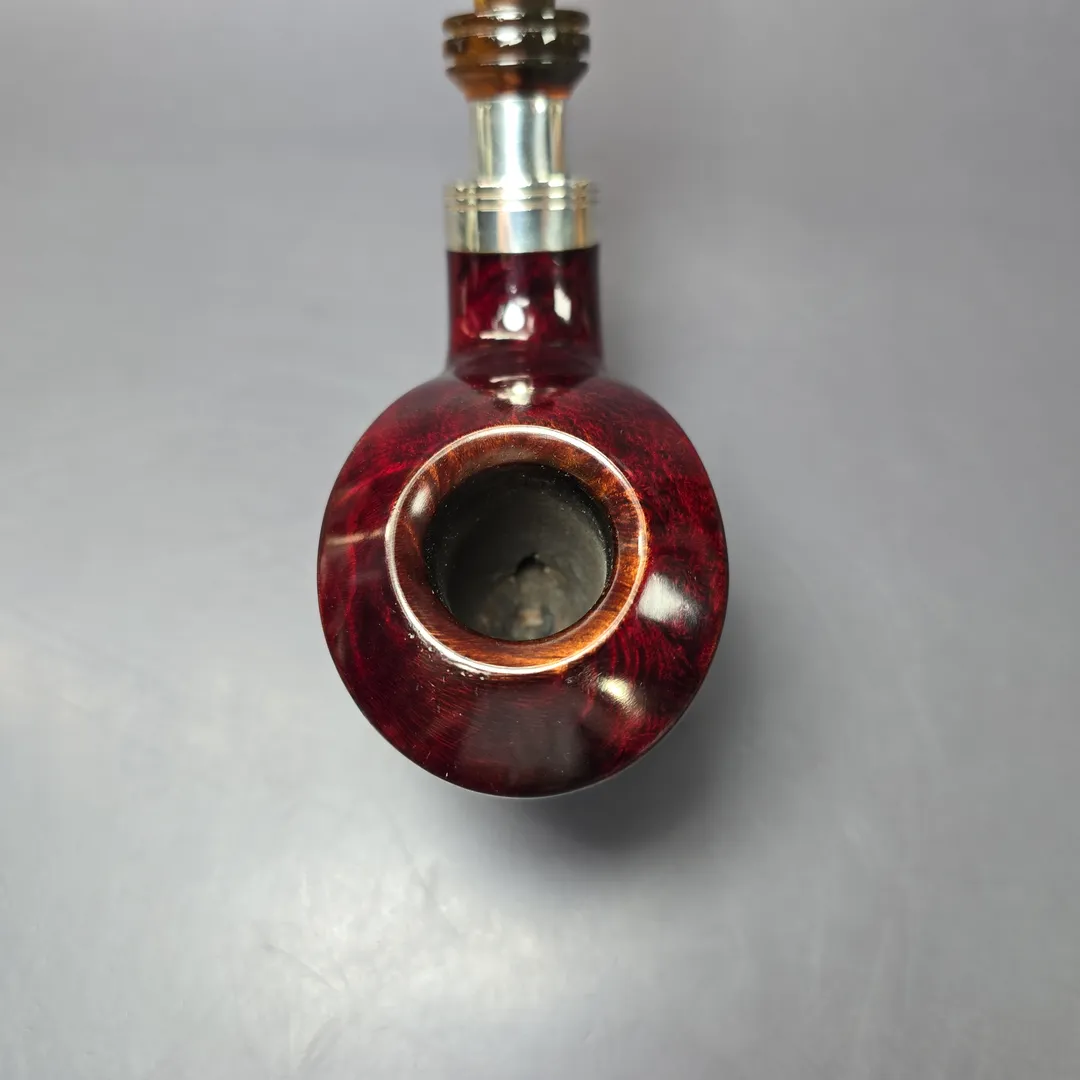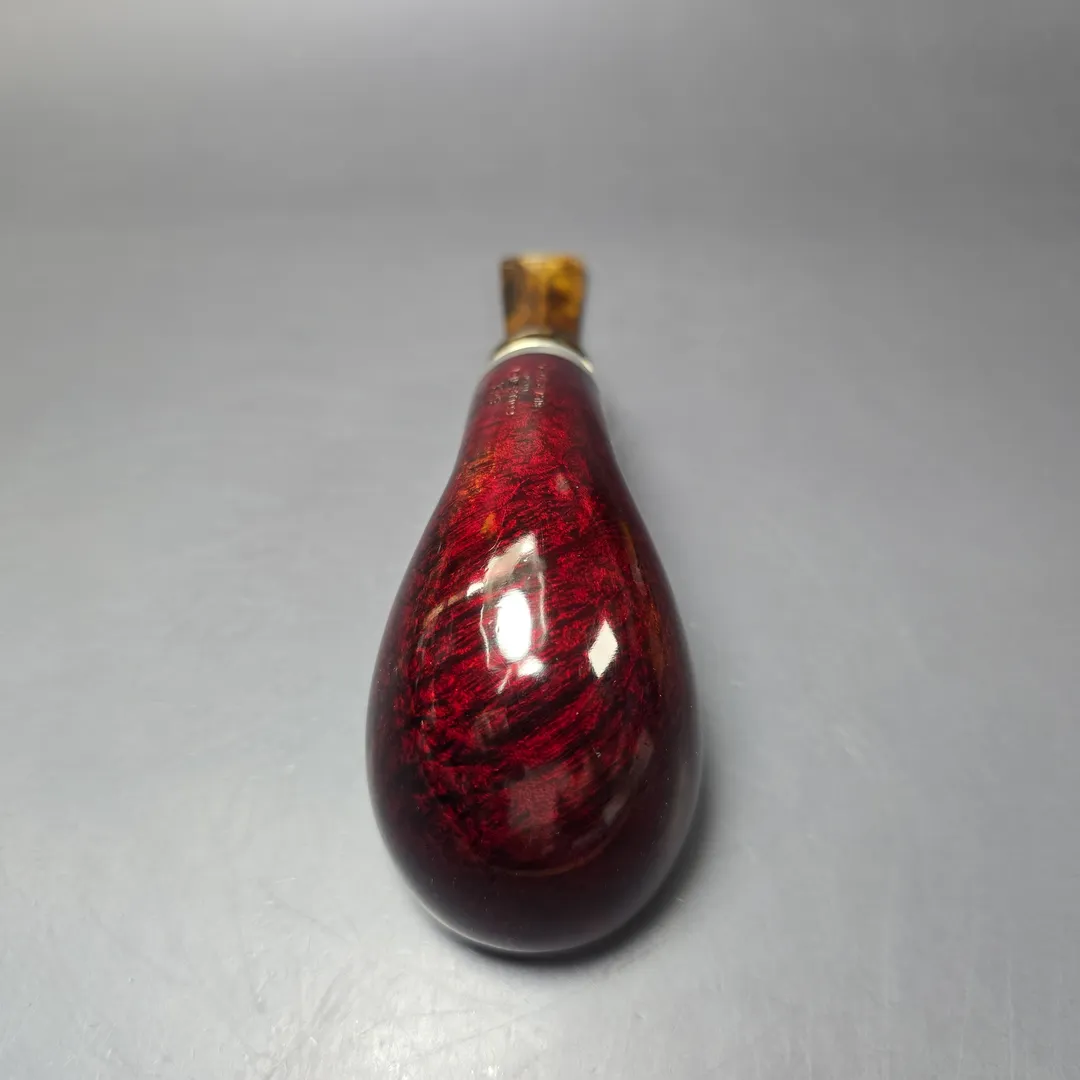Rinaldo Egea (02) Collection Titania Silver Line (10) Smooth Whale Estate Briar Pipe, Italian Estates
Out of stock
Description
As with so many of today’s premier Italian workshop makes, the story of Rinaldo begins at Mastro de Paja. The latter was a workshop founded by Giancarlo Guidi (later of Ser Jacopo) and Giannino Spadoni (later of Fiamma di Re), which the brothers Elio and Guido Rinaldo worked for as teenagers in the 1970s. At the end of the 1980s, the two departed Mastro de Paja to found their own make under their surname. Thus, Rinaldo was born.
Though every Rinaldo pipe is unique, the Rinaldo brothers are meticulous when it comes to categorizing just about every constitutive element in the designs they create, as well as any given pipe’s relation to their other pipes. As a result, Rinaldo pipes might well have more stamped on them than just about any make has, or has had. This appears daunting at first (especially considering that Rinaldo nomenclature employs a mixture of English, Italian, and ancient Greek words and characters) but, once you get a handle on their idiosyncratic terminology, “reading” the Rinaldo brothers’ work is relatively intuitive.
First, some of that ancient Greek just mentioned (though, admittedly, Latinized, and with a little English thrown in as well): Egea Collection. Named for the god of the sea and indeed the sea itself, this peculiar stamp denotes pipes of peculiar design, having been borne out of a sudden wave of inspiration that carried Elio or Guido along toward the final result.
Second: Titania. More Latinized Greek, but more intuitive, at least for those of a common linguistic inheritance. This is for Rinaldo pipes with specifically very large bowls, as can be seen on this rather whale-like bent Dublin.
Third: Silver Line. A very easy designation for English speakers to understand, this refers to Rinaldo pipes with sterling silverware, such as the faux-spigot mount seen here.
Forth, and finally, the numbers. “02” here refers to the difficulty in carving such a shape (where this was the case), a system which ascends from 1 to 3. “10,” on the other hand, refers to the grain quality of Egea Collection pipes, which caps out at 25. A rather challenging form, with very reasonable grain.
Do we need to know the language of Rinaldo pipes to appreciate them, whether aesthetically or practically? No. We don’t need to know what “Rococo” means to enjoy the paintings of Fragonard, either. But, if we really want to understand a work, it certainly helps.
The condition is very good. Some inner rim darkening and a couple of scuffs on the bowl, but nothing major.
Details:
Length: 6.4″ / 162.5mm
Bowl Width: 0.85 / 21.59mm
Bowl Depth: 1.42″ / 36.06mm
Weight: 3.4oz / 98g
Additional information
| Weight | 15 oz |
|---|
| Condition | Used |
|---|---|
| Notes | Refurbished. |












